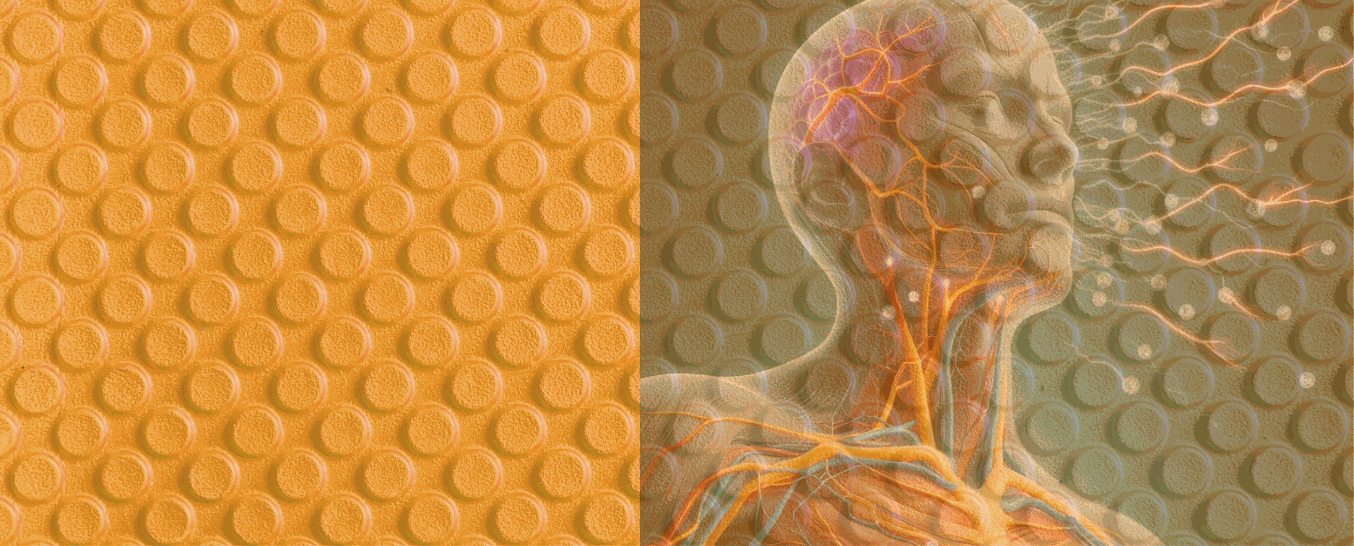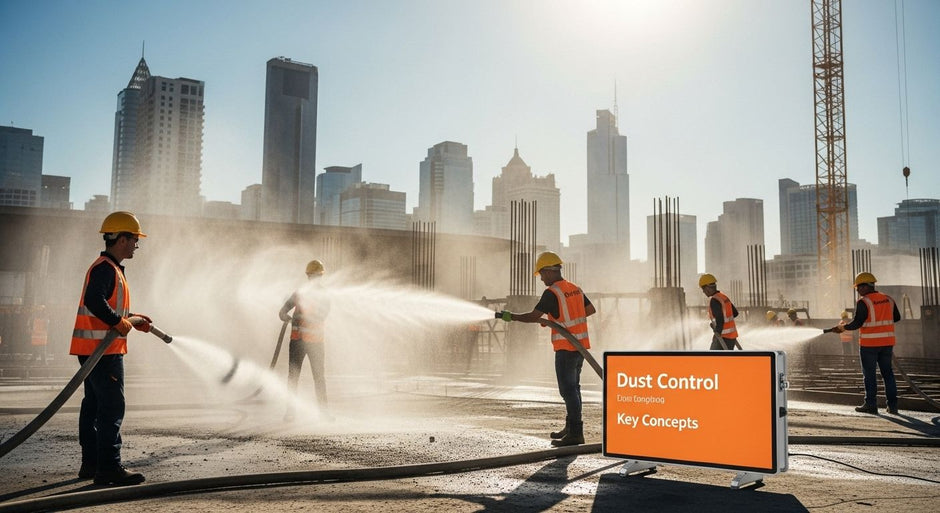Effects of Standing in The Work Place: Working with Anti-Fatigue Mats
Anti-Fatigue Mats: Standing for extended periods of time during the traditional workday can prove to be quite detrimental to a workforce. Once fatigue has set in, it can lower work morale, the output of jobs and result in diminished focus which undoubtedly can lead to errors occurring. Not only can our anti-fatigue mats help reduce the impact that standing for long periods of time can have, but it can also provide reliable safety measurements in the workplace. Here at Mats4U, our anti-fatigue mats are created using non-slip technology giving the user ultimate safety in areas that may have been impacted by any wet spillages.

Fatigue can have a sustained impact on the joints the knees, ankles, and hips which are all susceptible to these kinds of issues. Lower back pain is also a common issue found amongst workers during long-standing hours. As our bodies are used to moving freely and experiencing a variety of movements throughout the day, once this becomes limited it can impact our natural circulation resulting in further pain and discomfort.
What our Mats Do
Our anti-fatigue mats are manufactured to play an essential role in the day to day health and wellbeing of workers. The secret to the success of mats is that it allows the human body to adjust to the flexibility and comfort that the mat will bring where this is the complete opposite effect on the body when the individual is standing on a solid surface. The cushioned rubber will eliminate the pressure off the joints reducing the risk of pains and long-term health issues. The minimal movements of the lower extremities encourage blood circulation to help minimise the stagnation of blood within the body lowering the risk of fatigue.
What We Offer
Here at Mats4u, we provide a wide variety of anti-fatigue mats that can be used for all different working environments. They are ideal if the conditions are oily, greasy, wet or dry and will help provide a stable non-hazardous working environment. We back this up with our 100% satisfactory guarantee on all our products and delivering quality that is unmatched.
What to Consider When Buying Anti-Fatigue Mats
Standing for long periods can lead to discomfort, fatigue, and even long-term health issues. This is where anti-fatigue mats come into play. Designed to reduce the strain on your body, these mats are essential for any workspace where prolonged standing is required. But with so many options available, how do you choose the right anti-fatigue mat? Here’s a comprehensive guide to help you make an informed decision.
Understanding the Benefits of Anti-Fatigue Mats
Before diving into the selection process, it’s important to understand the benefits of anti-fatigue mats. These mats provide a cushioned surface that encourages subtle movements in your leg muscles, improving blood flow and reducing the strain on your body. This can help prevent the onset of discomfort and fatigue, allowing you to stand for longer periods without experiencing pain. Additionally, anti-fatigue mats can improve posture, enhance productivity, and reduce the risk of injuries such as varicose veins and lower back pain.
Key Factors to Consider
When choosing the right anti-fatigue mats, consider the following factors:
-
Material: The material of the mat plays a crucial role in its effectiveness and durability. Common materials include rubber, foam, and gel. Each material has its unique characteristics and benefits:
- Rubber: Durable and slip-resistant, making it ideal for high-traffic areas. Rubber mats are also resistant to chemicals and oils, making them suitable for industrial environments.
- Foam: Provides excellent cushioning and is lightweight, making it easy to move and clean. Foam mats are ideal for areas where comfort is a priority, such as retail positions or standing desks.
- Gel: Offers superior comfort and support, ideal for individuals with joint pain or those who need extra cushioning. Gel mats are often more expensive but provide unparalleled comfort.
-
Thickness: The thickness of the mat is another important consideration. A mat that’s too thin might not provide enough cushioning, leading to little relief from the floor’s hardness. Conversely, a mat that’s too thick could cause instability and tripping hazards. The sweet spot for most high-quality anti-fatigue mats is between 3/4 inch to 1 inch. This thickness offers a balance between softness for comfort and firmness for support.
-
Size and Shape: The size and shape of the mat should be tailored to fit the specific area where it will be used. Measure the space to determine the appropriate dimensions. Ensure that the mat is large enough to cover the area effectively and is placed in strategic locations to maximize its effectiveness.
-
Design and Aesthetics: While functionality is key, the design and aesthetics of the anti-fatigue mat should also be considered. A well-chosen mat can enhance the overall look of your space. Customizable options allow you to choose colors and patterns that align with your décor, adding a personal touch to your workspace.
-
Safety Features: Safety is a critical consideration when choosing an anti-fatigue mat. Look for mats with non-slip backing to prevent them from moving around and causing trips and falls. Beveled edges can also help reduce the risk of tripping.
Best Practices for Using Anti-Fatigue Mats
To maximize the effectiveness of anti-fatigue mats, follow these best practices:
-
Strategic Placement: Place mats in high-traffic areas and locations where prolonged standing is common, such as workstations, assembly lines, and kitchens. Ensure that mats are large enough to cover the area effectively and are placed in strategic locations to maximize their effectiveness.
-
Regular Maintenance: Regularly clean and maintain mats to ensure they remain effective. This includes vacuuming, washing, and replacing mats as needed. Well-maintained mats are more effective at providing comfort and support.
-
Educate Employees: Train employees on the importance of using anti-fatigue mats and how to use them effectively. Encourage them to report any issues with the mats, such as wear and tear or slipping, so that they can be addressed promptly.
Conclusion
In conclusion, choosing the right anti-fatigue mats involves considering a variety of factors, from material and thickness to size and safety features. By assessing your specific needs and prioritizing quality and functionality, you can select mats that not only provide comfort and support but also enhance the overall safety and aesthetics of your workspace. Invest in high-quality anti-fatigue mats today to create a comfortable and productive environment for everyone.
Want to know more? Contact us!
Whether a business, school, nursery, college or university, we have the right mats for all establishments. For more information, please give us a call on 0121 313 6748 or send enquires over to our Contact Us page.
Have you purchased a mat from us before? Share us your #Mats4U mat on Facebook, Twitter or Instagram!









